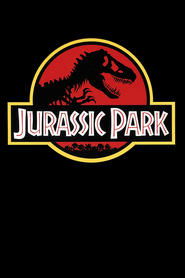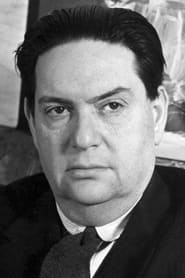

The Sea Horse
Examines the sea horse, the only fish that swims upright. We watch it use its prehensile tail to wrap around plants and other sea horses. A frontal bulge houses organs including an air ballast. Three fins propel this fish. We see a female place her eggs in a male's pouch where they are fertilized and nurtured until birth in violent contractions. Inside the pouch are nurturing blood vessels. We then follow the growth of an embryo, greatly magnified: we examine its heart beating and its dorsal fin moving. Young sea horses attach themselves to each other. The film ends with images of many sea horses moving on the ocean floor, superimposed on a horse race.
- Overview
- Crew
- Recommendations
The Sea Horse
- Overview
- Crew
- Recommendations
Status
Released
Release Date
Aug 10, 1935
Runtime
0h 15m
Genres
Documentary
User Score
65%
Original Title
L'Hippocampe, ou 'Cheval marin'
Production Companies
Cinégraphie Documentaire
Director
Jean Painlevé
Description
Examines the sea horse, the only fish that swims upright. We watch it use its prehensile tail to wrap around plants and other sea horses. A frontal bulge houses organs including an air ballast. Three fins propel this fish. We see a female place her eggs in a male's pouch where they are fertilized and nurtured until birth in violent contractions. Inside the pouch are nurturing blood vessels. We then follow the growth of an embryo, greatly magnified: we examine its heart beating and its dorsal fin moving. Young sea horses attach themselves to each other. The film ends with images of many sea horses moving on the ocean floor, superimposed on a horse race.
Crew
Recommendations

La Jetée

I Am Not a Serial Killer

The Vampire

The Shawshank Redemption

Fight Club
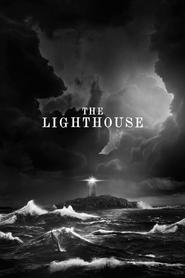
The Lighthouse
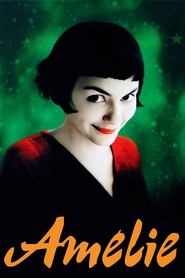
Amélie

Taxi Driver
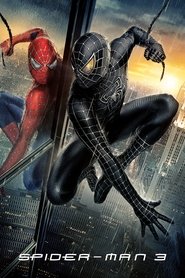
Spider-Man 3

The Godfather
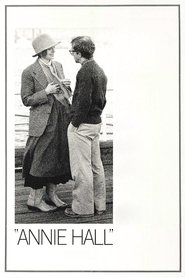
Annie Hall
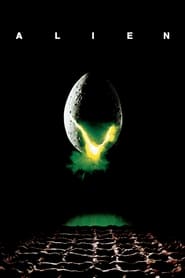
Alien
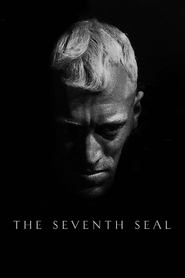
The Seventh Seal
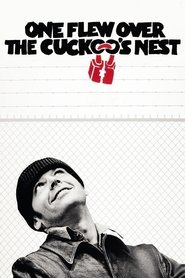
One Flew Over the Cuckoo's Nest

Life Is Beautiful
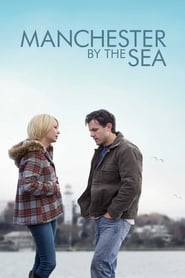
Manchester by the Sea
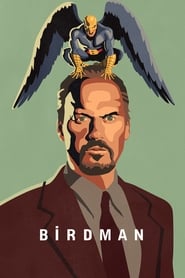
Birdman or (The Unexpected Virtue of Ignorance)

A Star Is Born

The Terminator
